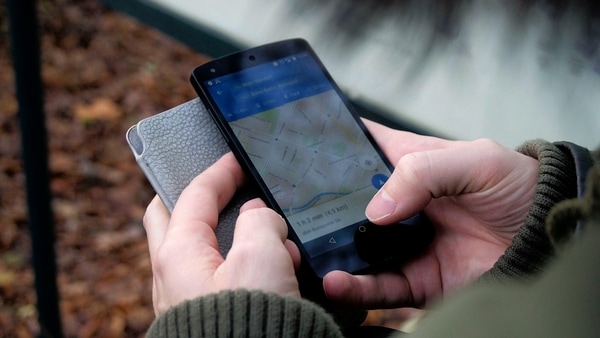
Apple Watch bands in future may be able to detect slight finger activities and gestures
8 months ago | 92 Views
Apple Watch bands in the future may soon be able to detect slightest finger activities and gestures. As per a new report by AppleInsider, Apple is in the process of testing how adding electrodes to Apple Watch bands could detect muscle movement and minute electrical activity whenever a user makes any gesture using their fingers.
The Apple Watch would be able to detect if a user is inactive and suggest starting a workout. The upcoming feature of the watch band could gather details from electrodes and suggest if the user is shaking their fists or engaging in other active movements.
How the new technology may work
Apple's newly granted patent, titled ?Electrodes For Gesture Recognition,? states that this detection is important because other types of gesture control have limitations.
"In particular, a person's physical motions, such as eye gaze, body movement, and the like, can be detected and tracked over time as inputs to the computing system. Hand gestures, in particular, can be detected by touch or proximity sensors in a touch-sensing panel,? the patent states.
"However, these sensors generally have limited detection ranges, and therefore, hand gestures must be performed in close proximity to the panel.?
Apple notes that gestures could also be detected by one or more cameras but argues that these invariably have "line of sight limitations" and typically "require complex hardware and image processing." There are also handheld devices such as "wands, controllers, or gloves," but "these devices are not commonly worn or used and are therefore less socially acceptable."
Apple is addressing these socially acceptable concerns. When the Apple Watch was first released, it was more convenient for people to glance at the watch rather than pull out their phone.
The electrodes would be activated when users clench and stretch their hands if the new patent is implemented.
According to the patent, "The electrodes can be configured to detect electromyography (EMG) signals, which are the electrical activity resulting from the contraction of muscles,? the patent states.
"In some examples, the electrodes can detect EMG signals produced by the activity of the flexor and extensor muscles and tendons in the forearm and wrist of a user,? it adds.
For instance, users can clench their fists to stop alarms using the existing Apple Watch Accessibility feature. Another example is the Double Tap feature, which involves tapping the index finger and thumb to answer calls.
The electrodes would work by collecting sensor data from the user's wrist and fingers. As mentioned in the patent, Apple's goal is to expand beyond these examples. The 11,000-word patent focuses on how the process will work.
"To detect the EMG signals, multiple rows of electrodes and conductive wiring can be formed in the band of a watch or other wrist-worn device. In some examples, the band can include removable electrical connections (e.g., pogo pins) to route the electrode signals to processing circuitry in the housing of the wrist-worn device,? Apple explains.
"The signals from one or more of these electrodes can be utilised as a reference electrode, and measurements between the signals from the active electrodes and the one or more reference electrodes can be obtained to capture EMG signals at various locations on the band, using the electrical activity resulting from the contraction of muscles,? it adds.
Seven investors, including Daniel A. Podhajny, who previously worked on creating a Star Trek-style communicator for Apple, are working on this project.
#




















